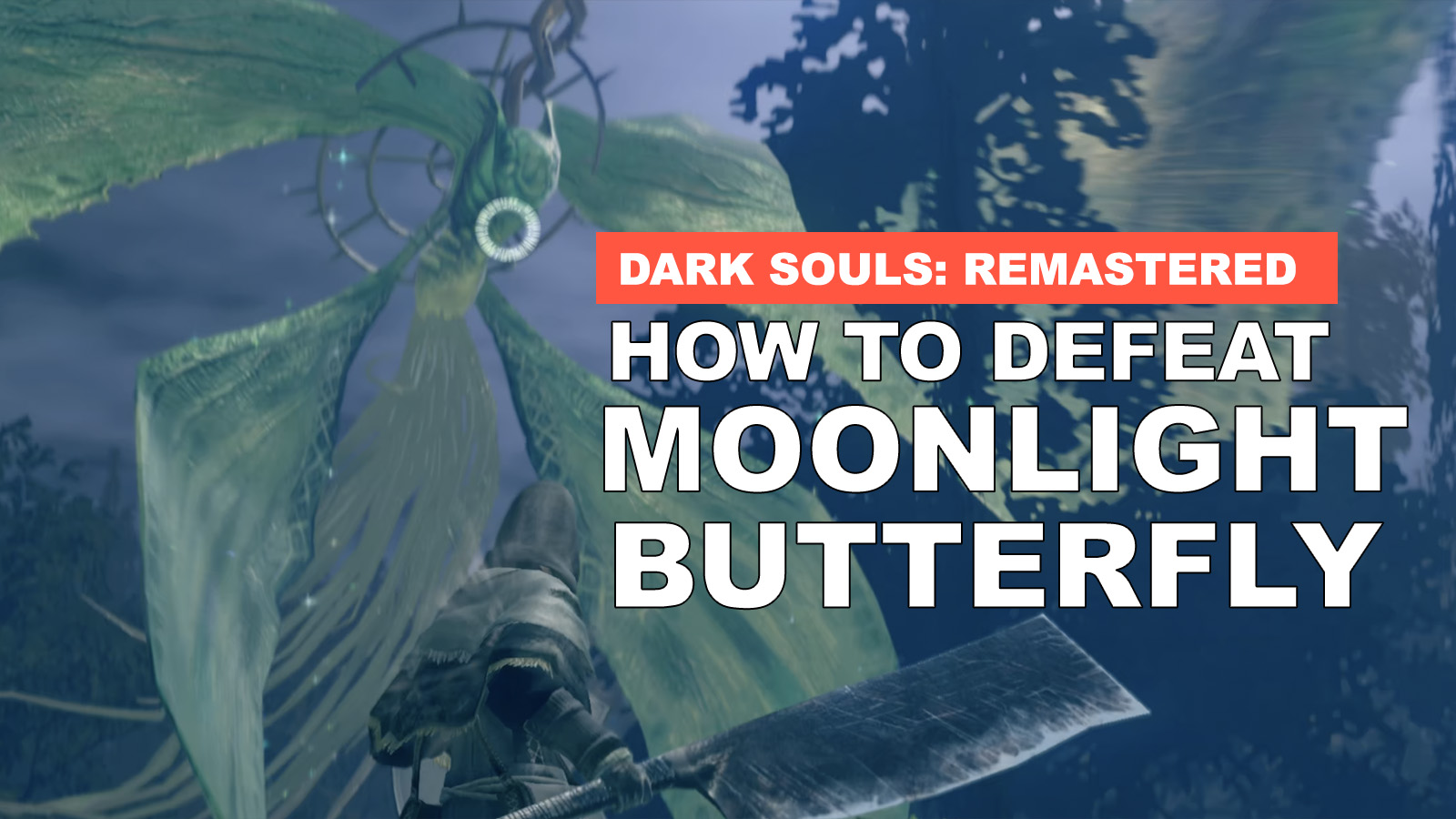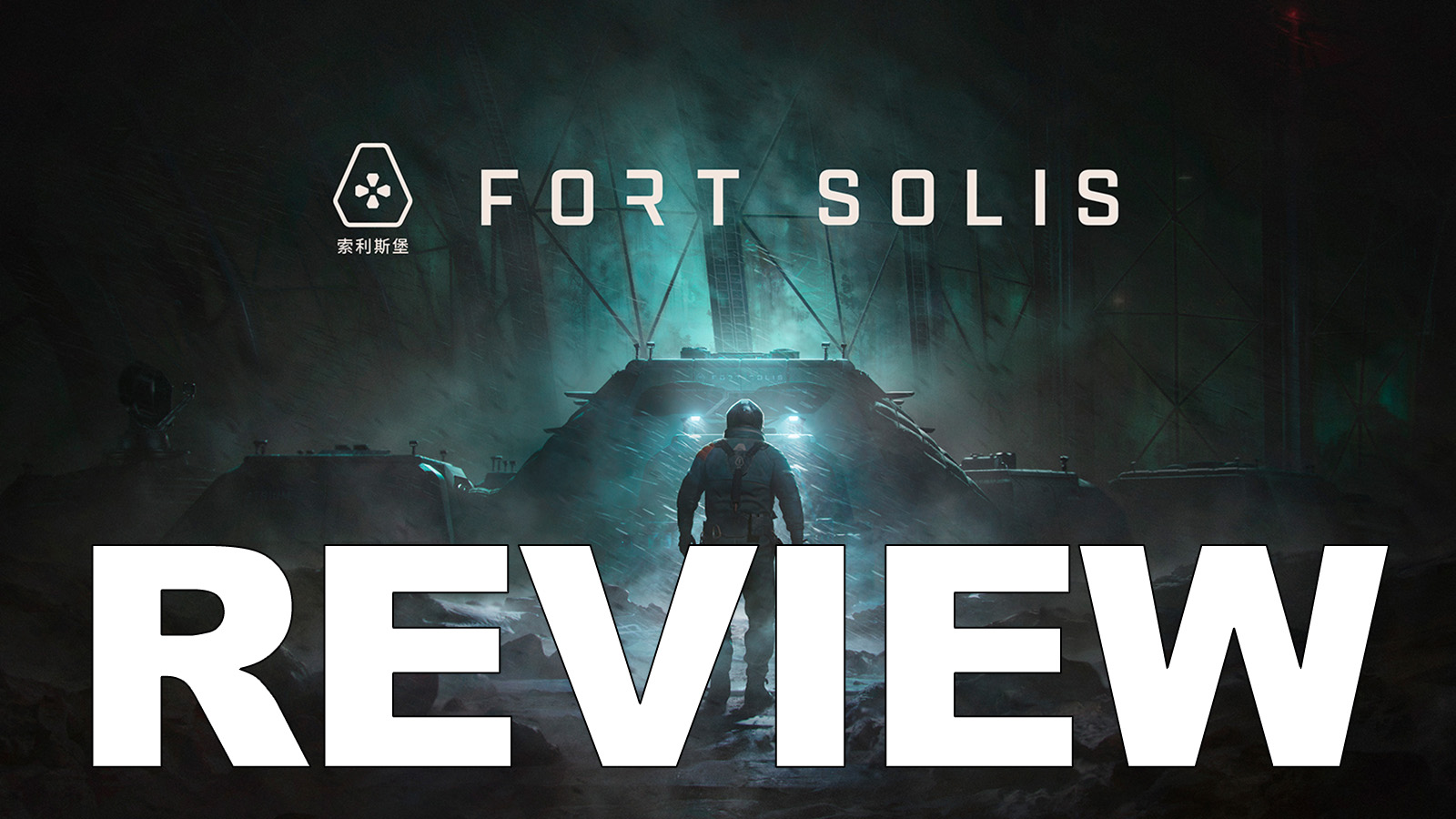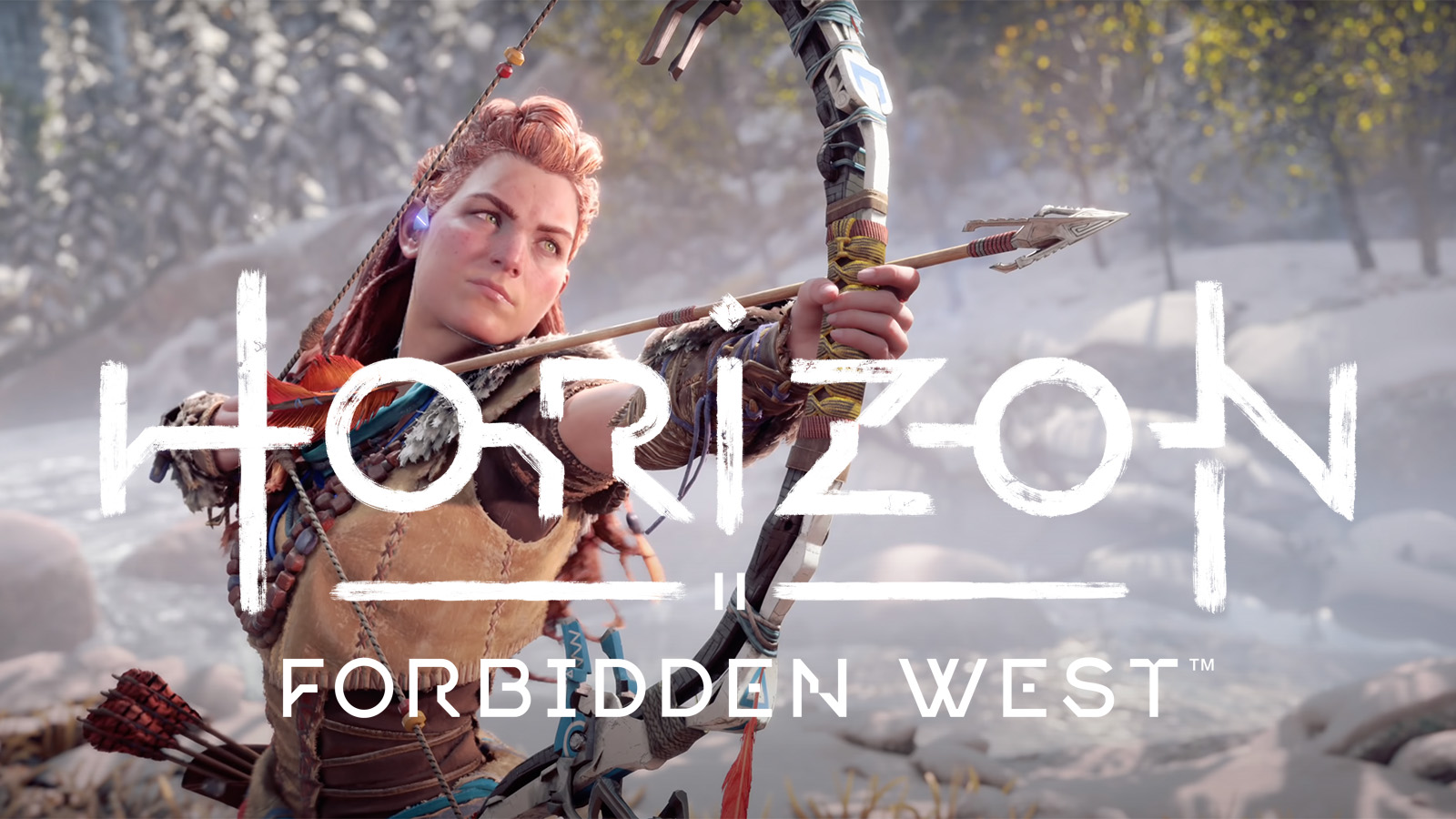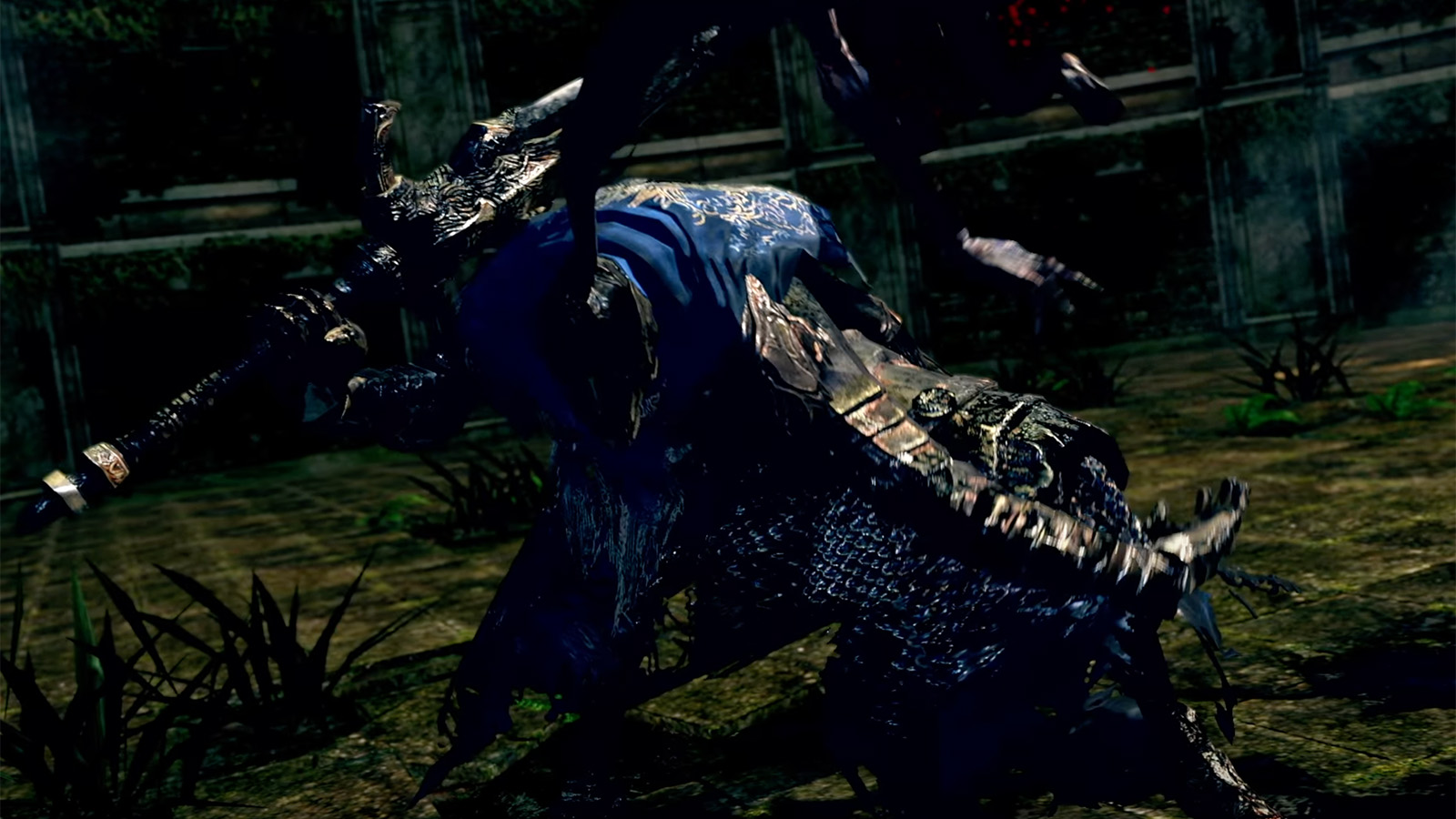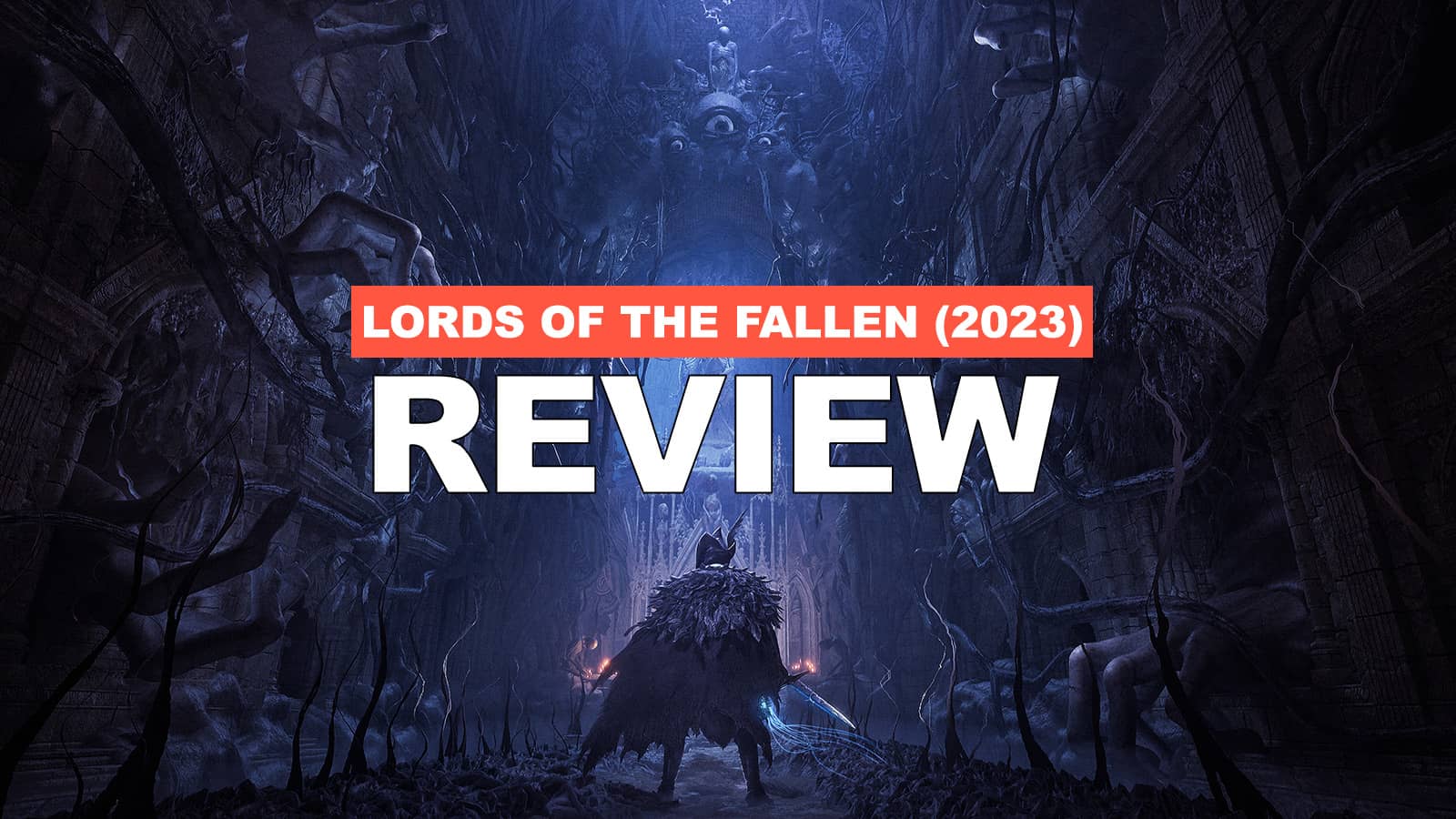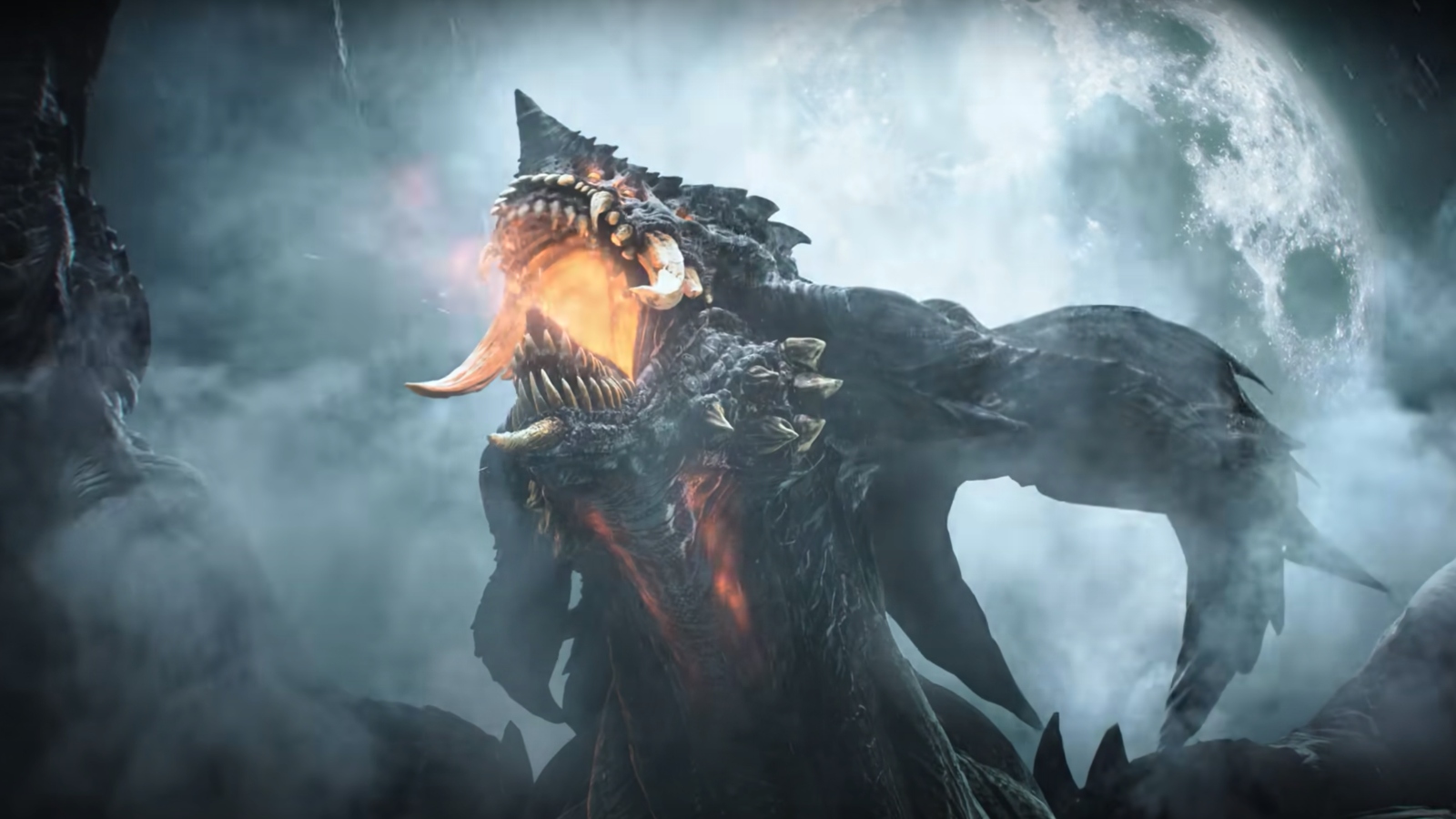Is Dark Souls: Remastered worth it?
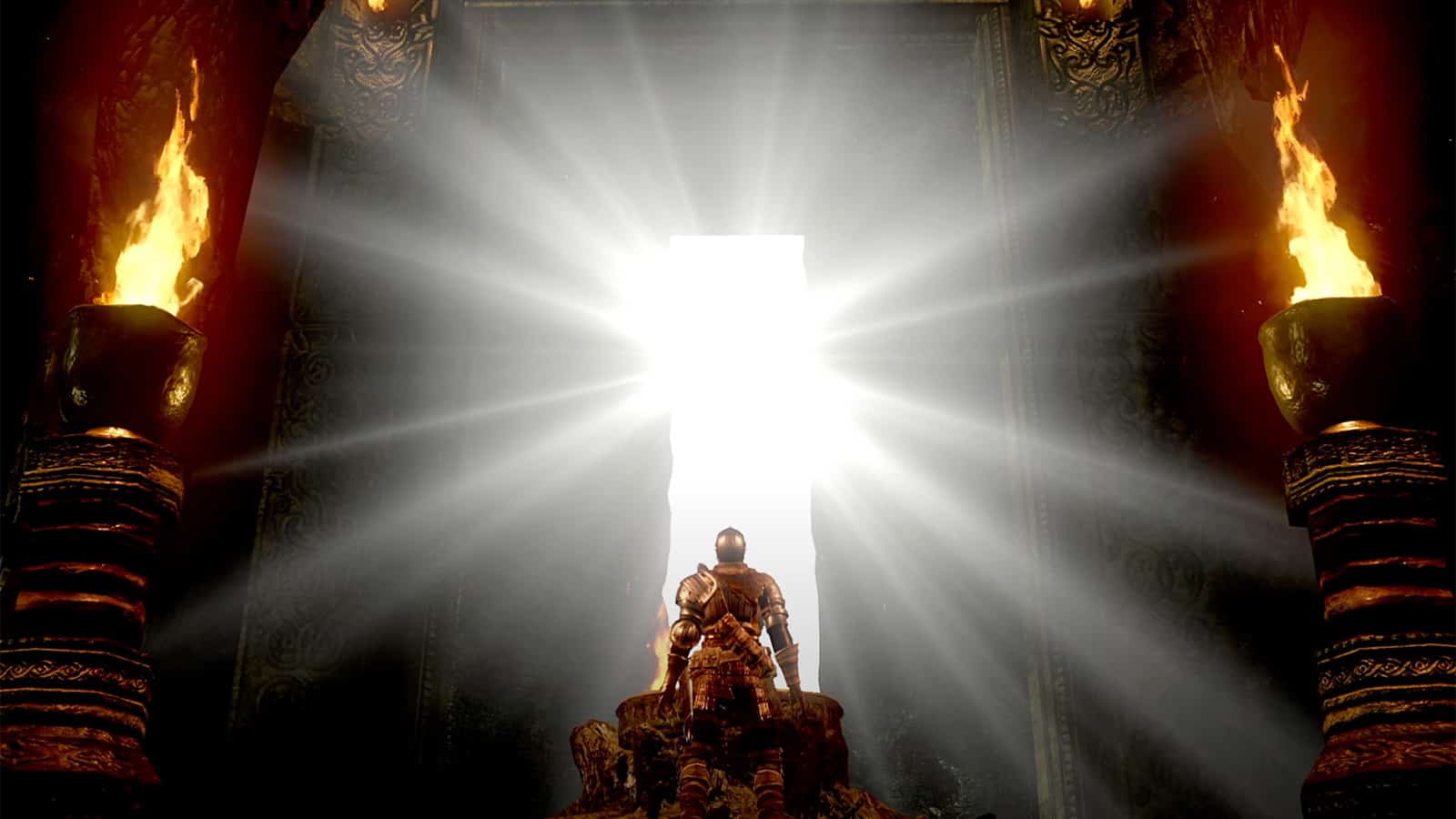
The critically acclaimed Dark Souls was remastered and released for past-gen consoles in 2018, and is playable on current-gen consoles too. The game kicked off the Dark Souls franchise, which subsequently became famous for its difficulty and vague but exploratory storytelling. If you’re interested in trying out the franchise, Dark Souls: Remastered is a great starting point, as it includes a number of improvements. If you’re interested in trying the game out but are worried about its gameplay or difficulty, check our review to discover whether Dark Souls: Remastered is worth it.
Story
Like most other Souls-like games, the story in Dark Souls: Remastered is vague and obtuse, told through a few cutscenes involving bosses. For anyone unaware, you play as an unnamed cursed undead character who embarks on a journey across the kingdom of Lordran on an adventure that will impact the game’s universe.
Unlike most other games, the minimalistic story is told through item descriptions and NPC dialogue, so when playing, you’ll need to explore the game’s world as much as possible, exhaust NPC dialogue, and read up on every item you acquire throughout the game. Even with all of that, the game’s story won’t make much sense, but that’s one of the drawing points for many people of the Dark Souls franchise; it’s open to interpretation and encourages you to converse with other players to uncover the game’s storyline.
Dark Souls is ultimately a community-driven experience, which is why there are endless forum posts, numerous videos, and plenty of essays, all of which attempt to uncover the game’s story and dig into the lore. By the time you’ve read through much of what’s available on the internet, you’ll have your own opinions on the game and its story.
Graphics
Dark Souls originally came out in 2011, so its graphics are reflective of the consoles and technology from back then. Thankfully, Dark Souls: Remastered has improved the original game’s graphics with improved textures and high-definition visuals, but the improvements don’t take away from the charm of Dark Souls and its environments.
In addition to improving the game’s visuals, the game also runs at 60-frames-per-second, meaning the game runs better on today’s consoles than it did on its original release, particularly in areas like Blighttown. So, while the game isn’t as jaw-dropped as some more modern-day games, it’s got a wonderful charm with detailed environments and locations that you’ll remember for years to come.
Gameplay
Dark Souls is known for its difficulty, and the game is difficult. For anyone who has never played any of the Souls games, the title sees you explore several areas that make up the kingdom of Lordran through several linear paths that all branch from a base location known as Firelink Shrine. The areas of Dark Souls are all interconnected, and with fast travel locked for the majority of the game, you’ll need to memories how to access different locations as you travel back and forth between areas. Although this may seem daunting, it’s one of the major appeals to Dark Souls and you’ll quickly find yourself mapping out the game within your head.
As you explore these areas, you’ll have to face enemies, whether they’re humans, soldiers, other undead, animals or strange, Eldritch-style abominations. Combat is the primary gameplay element in Dark Souls, requiring you to face one enemy at a time and use your shield and weapon (Whether that’s a traditional melee tool, magic or pyromancy) to take them down. Unlike most other games, Dark Souls forces you to change your tactic; you can’t rush in and attack as the enemy will likely overpower and kill you. Instead, you need to take a slower approach, learn the enemy’s moveset, and attack when there are openings.
The same rule applies to bosses, the game’s major challenges. All Dark Souls: Remastered bosses have weaknesses that you can potentially use to your advantage, but you’ll still need to master the boss fight by dodging and blocking attacks, learning their moveset, and attacking only when it’s safe.
Dark Souls has a limited number of healing items – referred to as Estus Flasks – so it’s important to strategies when to use them. They can be increased and Estus Flasks refill whenever you rest at a Bonfire, checkpoints that are scattered throughout the kingdom of Lordran that also allow you to organise your inventory, swap sorceries, repair weapons and armour, and, most importantly, level up your attributes after acquiring enough Souls – the game’s currency – from fallen enemies and bosses.
Resting at a Bonfire resets your current area, meaning all regular enemies are back and must be killed once again. As you play, you’ll find yourself resting at Bonfires and exploring areas towards the boss arena to unlock shortcuts back to previous or future game areas or your last Bonfire. If you die along the way, you’ll lose all Souls in your current possession but you’ll be given one chance to recover them if you return to the area you died. If you die along the way, the Souls are lost forever.
Thankfully, Dark Souls Remastered allows you to equip rings that can boost various stats and defences or boost the total number of Souls obtained from defeated enemies. Although these won’t help you greatly if you can’t learn an enemy or boss’ moveset, every little helps in Dark Souls.
Difficulty: Will I Have Trouble Playing Dark Souls?
Yes. We won’t sugar coat it, Dark Souls: Remastered is a difficult game, and you will hit several walls when playing the game, whether that’s bosses, strong enemies, and tough areas. However, there are plenty of text and video guides that can help you when you’re stuck, various weapons you can upgrade or imbue with elements that enemies and bosses are weak to, rings you can equip to boost defences or stats, and armour too.
The game relies heavily on cooperation. If you decide to play online, you’ll see messages left by other players providing you with hints, although some notes may often troll you and can trick you into death. In addition to commenting, the game supports co-op play, where you can summon other players into your world and vice versa to help defeat bosses. But there are also invasions, wherein an NPC or another player is summoned into your world to defeat you and vice versa.
Lastly, it’s important to note that you may find some builds easier than others, such as specialising in sorcery or faith over strength and dexterity, the former of which allows for long-range fighting and the latter for up-close encounters. We suggest you do some research on builds and work out which attributes you should focus on when levelling up if you decide to play.
Length: How Long Is Dark Souls: Remastered?
Dark Souls: Remastered includes the base game and its Artorias Of The Abyss DLC, and it can take up to around 30 hours to complete all of it. If you’re looking to achieve all endings and unlock all trophies or achievements, it can take over 50 hours to do so, as the game will require multiple playthroughs and exploration of various builds.
Summary: Our Thoughts
We enjoyed our time with Dark Souls: Remastered. Although the game wasn’t our first Souls-like title (We did play through Bloodborne first), we found ourselves mesmerised by the interconnectivity of Dark Souls: Remastered’s world, as well as the detail that went into building the threatening but wondrous kingdom of Lordran.
Naturally, we ran into several walls when playing the game with our mage-focused build, but with some perseverance, we managed to push through and complete the critically acclaimed title. We did run into some issues while playing the game, mostly related to the game’s dated nature, such as bad camera work, weak enemy AI, and clumsy controls. However, the issues were easily forgotten as we experienced the joy and tribulations the game provided.
Despite its age, Dark Souls is a cult classic and a game everyone should try for its unique and exploratory storytelling, its addictive gameplay, and the sense of accomplishment for defeating bosses. Dark Souls: Remastered is the best way to experience the game, as it benefits from improved visuals and performance, and includes the acclaimed Artorias Of The Abyss DLC too for the complete package.

